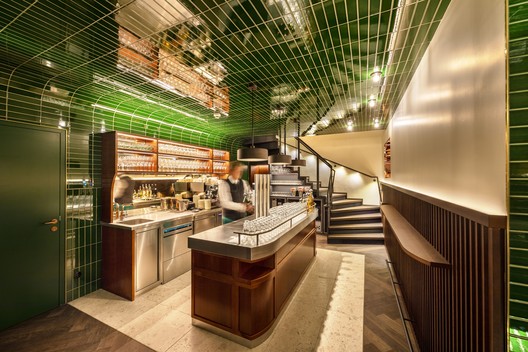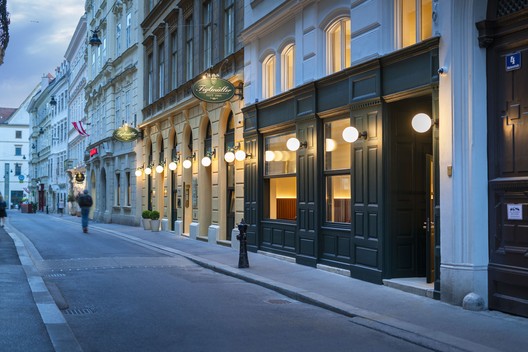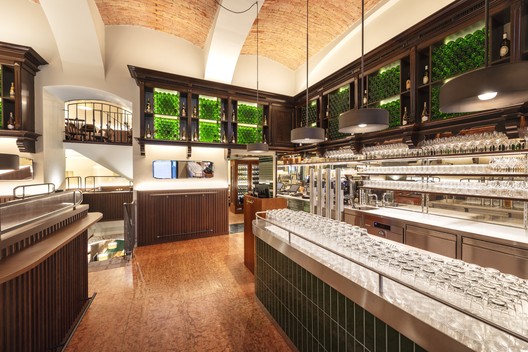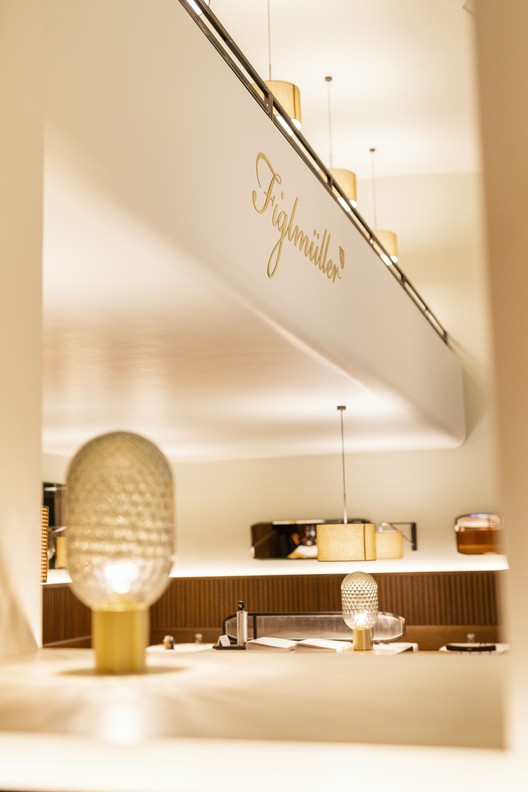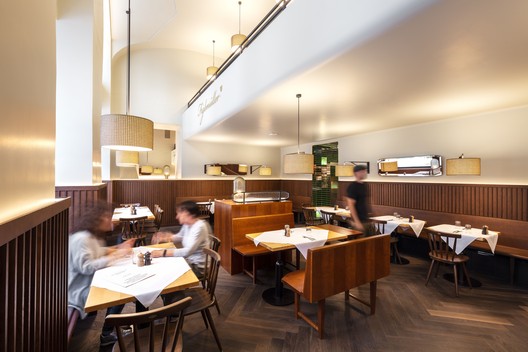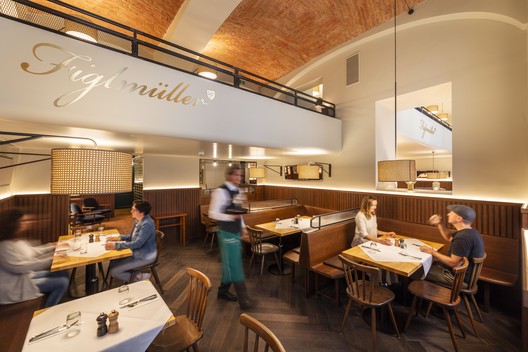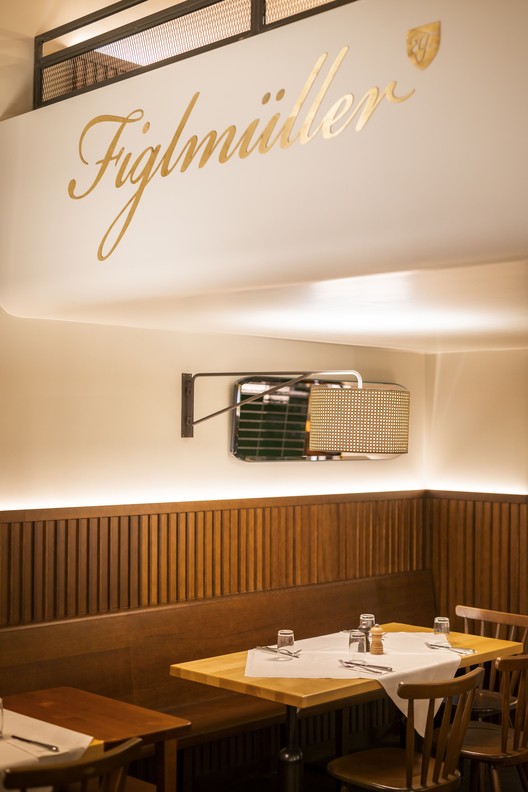
-
Architects: BWM Architekten
- Area: 450 m²
- Year: 2020
-
Photographs:BWM Architekten / Severin Wurnig
-
Manufacturers: 2F Leuchten GesmH, Christian Ploderer, Lohberger Küchen Competence Center GmbH, Tischlerei Huber
-
Lead Architects: Erich Bernard, Ingrid Schmid, Kristina Tomaselli, Elisabeth Morillo-Napetschnig, Kinga Baluch

Text description provided by the architects. BWM Architekten looks back on a long list of successful hospitality projects, many of which were for renowned Austrian brands, such as the iconic confectioner Manner, on St. Stephen’s Square, and the Sacher Eck and Salon Sacher, both in the world-famous Hotel Sacher. Now BWM has also refurbished the popular Figlmüller Restaurant in Bäckerstrasse and extended it to include the entire ground floor of the adjacent building. Figlmüller is the first point of call for both tourists and locals when it comes to original Viennese cuisine that is steeped in tradition while keeping with the times. It is famous the world over for its Wiener Schnitzel.








